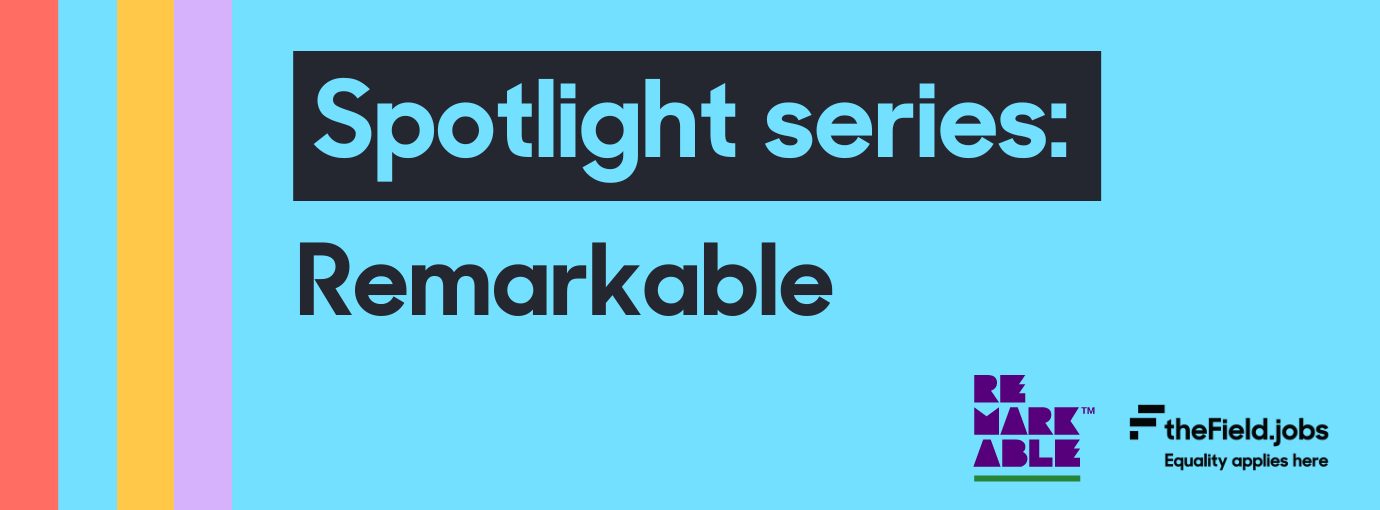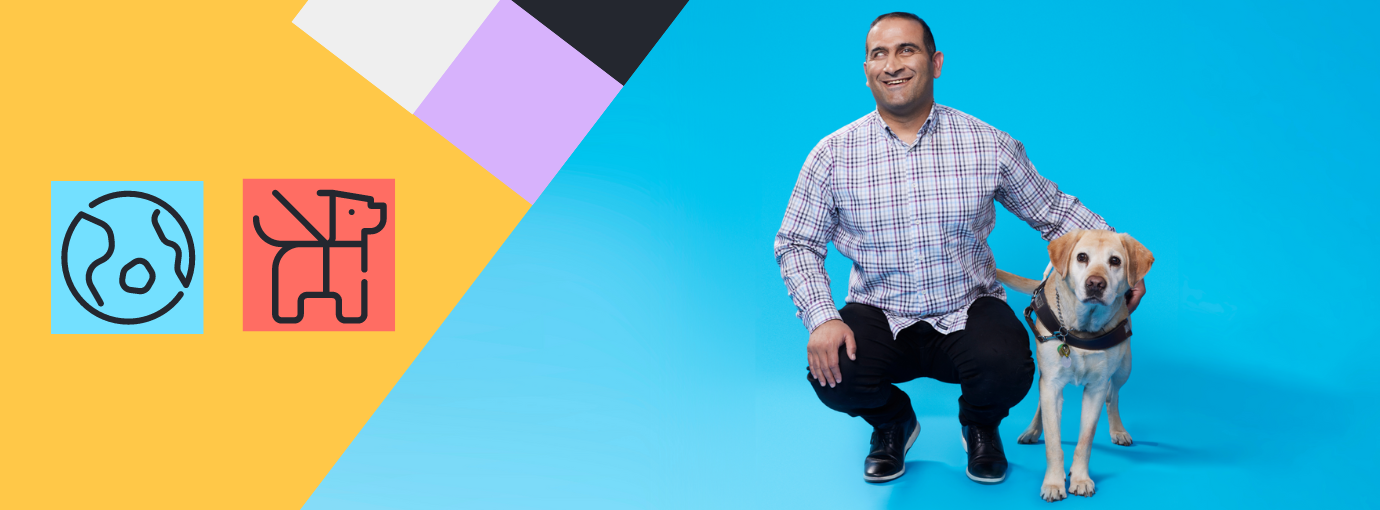Despite the well-document rise in D&I initiatives across the business world, employment equality for people with disability has not changed in more than 28 years, with the unemployment rate stagnant at more than double the rate of people without disability (1). Hiring people from diverse backgrounds, including people with disability, not only makes conversation richer and more representative, it measurably increases business outcomes.
The business case for organisations to hire inclusively has grown stronger and more compelling as more and more data has reinforced its benefits. While most large organisations have recognised this to be true, there is still a huge gap between conversation about D&I strategy, including goal setting, and enacting these processes in reality. For example, according to the Diversity Council Australia, while 63% of organisations reported that they had a formal D&I strategy (with 84% having a written policy and EEO initiative), only 22% reported that their organisation actively measured the outcomes of D&I strategy and initiatives (2). Essentially, while most large organisations are publicly supportive of D&I initiatives and aware of the organisational benefits of a diverse workforce, many have a long way to go to genuinely embed D&I processes into structure and strategy in a measurable way (3). So how do we address this disconnect between D&I discourse and authentic action?

Measurable action starts from the top
A well-informed and conscientious leadership group can make lasting change to an organisation and influence the direction and impact of D&I initiatives. It is crucial that Board members, Executive teams, and senior leaders are all on the same page, leading by example, and implementing decision-making frameworks with accessibility and inclusion as essential, not simply desired. According to a global PwC survey, 79% of leadership engagement on D&I remains at the basic or emerging levels, and only 26% of organisations have D&I goals for leaders (3). When it comes to disability-inclusion, leaders must actively learn from and engage with people with disability and lived experience, and embed D&I initiatives into their organisation’s governance and employment structures to make a genuine impact.
Define and actively measure your D&I goals
Having clear D&I goals – and holding leaders accountable for achieving them – is critical to driving successful D&I programmes. In Asia-Pacific, only 29% of organisations surveyed have implemented this process, and only 23% are connecting goals “directly to the achievement of business results, such as innovation or improved financial performance” (3). What’s more, of the ASX top 200 organisations with diversity goals in place, only 63% were comfortable sharing those objectives publicly (4). Defining goals at all levels, embedding them into workplace practises, and actively measuring and communicating outcomes is critical to making lasting change.
Actively hire diverse candidates at all levels
The current skills shortage presents a great opportunity to prioritise hiring diverse candidates. When it comes to disability-inclusion, appointing people with disability and lived experience into key roles and onto hiring panels is crucial to making your organisation more accessible and inclusive. There are currently 113,000 unemployed people with disability in Australia searching for work, which means there are people out there with the skills and experiences to fill positions with organisations who want to hire inclusively (1).

There are more supports than ever for organisations in Australia to action D&I initiatives. From job platforms like the Field, onboarding and workplace support providers like Job Access, to disability consultative organisations such as Get Skilled Access and Australian Network on Disability, there are options for organisations of all sizes.
D&I is not a box-ticking activity. It is critical to making sure that our workplaces are representative of our community, and that everyone has equal opportunity for success at work. It’s more important than ever that organisations move forward from rhetoric to action.
Sources:
- Australian Government Department of Social Services, Employ My Ability
- Diversity Council Australia, Benchmarking Diversity and Inclusion Practices in Australia, 2018
- PwC, Global Diversity and Inclusion Survey, 2020
- KPMG, ASX Corporate Governance Council Diversity, 2021
Ready to post jobs on the Field? Get started today.
You can also check out some of our great blogs:
- Person-first and Identity-first language: what’s the difference?
- Flexible work and where its headed
- Inclusive Employer profiles: the why and how
- Learn about disability from people with disability
- 5 tips for a more disability inclusive workplace
- 5 ways to get the accessibility conversation started
- Why inclusive language is important





